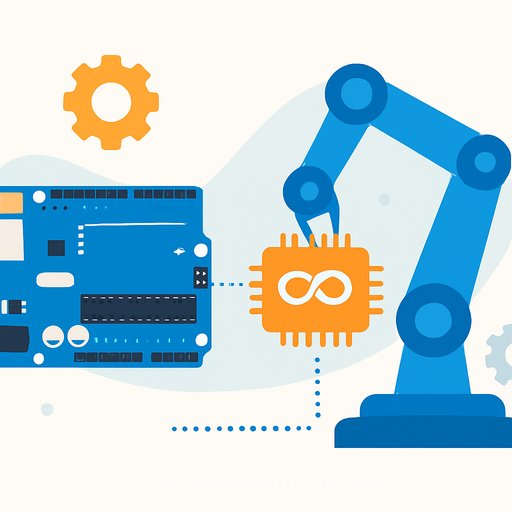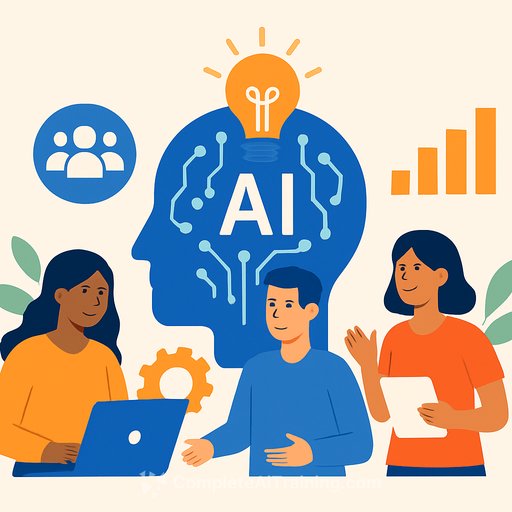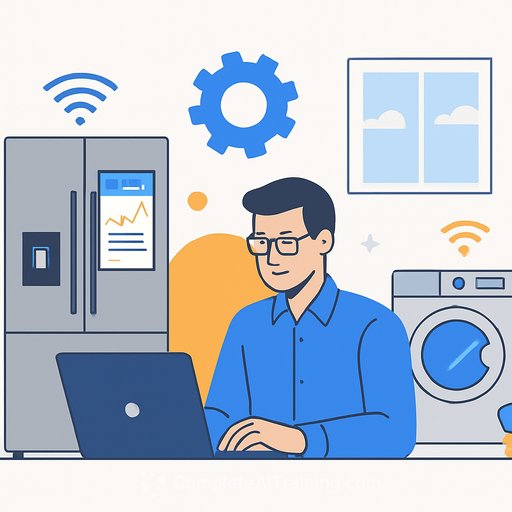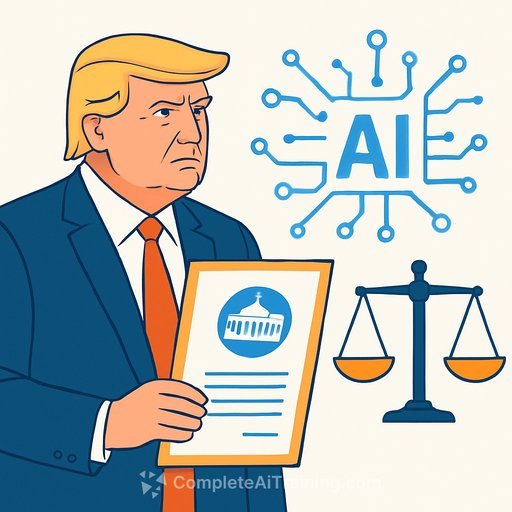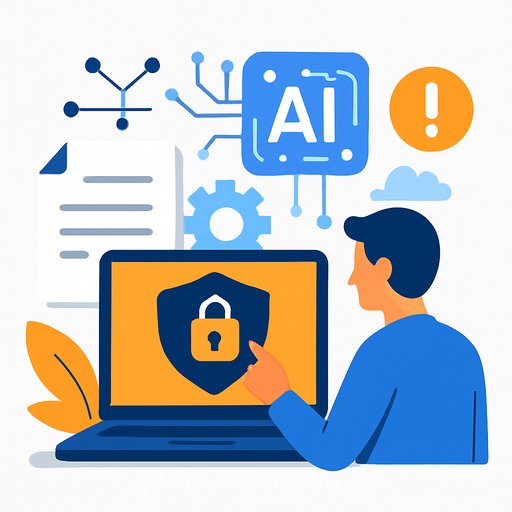Qualcomm to Acquire Arduino for Robotics and AI Development: What Dev Teams Should Expect
Qualcomm plans to acquire Arduino, the open-source hardware and software platform with a massive developer community. Financial terms weren't disclosed. The goal: bring Qualcomm's AI and edge computing stack closer to the millions building prototypes, products, and production systems on Arduino.
Qualcomm says it will combine its products and technologies with Arduino's simplicity, affordability, and community to deliver a full-stack platform: hardware, software, and cloud services in one motion. Previous integrations with Edge Impulse and Foundries.io set the groundwork for this move.
What this means for engineers and product teams
- Faster prototyping to production: Arduino's developer-friendly flow paired with Qualcomm silicon and tooling shortens build cycles.
- On-device AI at the edge: Vision and audio inference move closer to sensors with better performance under power and latency constraints.
- Tooling continuity: Arduino remains independent, keeps its brand, and continues to support a wide range of MCUs and MPUs from other vendors.
- Stronger path to scale: Security, OTA, and model deployment get cleaner handoffs through the existing Edge Impulse and Foundries.io ecosystem.
Arduino to remain independent
Arduino will keep operating under its own brand with its mission and community intact. The company confirmed it will continue supporting microcontrollers and microprocessors from multiple semiconductor partners. For teams worried about lock-in, the message is clear: your current Arduino workflows and boards aren't going away.
First hardware from the partnership: Arduino UNO Q
Arduino introduced the UNO Q, a "dual-brain" single-board computer built on Qualcomm's Dragonwing QRB2210. It pairs a Linux Debian-capable microprocessor with a real-time microcontroller. That split lets you run AI inference and high-level services on Linux while keeping deterministic control loops on the MCU side.
Target use cases range from smart home devices to industrial automation. Priced at $44-$55, the board fits classroom builds, weekend prototypes, and early-stage pilots without blowing up budgets.
- Compute: Qualcomm Dragonwing QRB2210
- Architecture: Linux userland + real-time MCU
- AI: Vision and audio applications supported via model workflows
App Lab: a unified IDE for real-time, Linux, Python, and AI
Alongside the board, Arduino announced App Lab, an IDE that unifies workflows across RTOS, Linux, Python, and AI projects. App Lab integrates with Edge Impulse to streamline dataset management, model training, and deployment for tasks like image recognition and anomaly detection.
For production concerns-security, OTA updates, and fleet management-expect tighter integration with Foundries.io capabilities over time.
Strategic context
Qualcomm frames this acquisition as part of a broader plan to make its AI and computing stack accessible to a global developer base. The company cites prior moves with Edge Impulse and Foundries.io and, more recently, a $2.4 billion bid for UK chipmaker Alphawave Semi as signals of continued investment in edge compute and diversified growth.
How to act on this now
- Prototype with UNO Q: Validate AI vision or audio on the Linux side while keeping time-critical control on the MCU.
- Test the toolchain: Run a full App Lab + Edge Impulse loop-data, training, deployment-to measure iteration speed and model accuracy on-device.
- Plan for production: Map OTA, security, and fleet workflows early. Define how firmware, containers, and models will version and roll out together.
- Keep portability in mind: Maintain neutral interfaces for ML runtimes and I/O so you're not boxed into one chip or board later.
- Watch the roadmap: SDKs, drivers, and documentation cadence will tell you how quickly this platform matures for industrial use.
If you're building skills for edge AI and embedded ML across vendors, explore curated programs by company and role at Complete AI Training.
Your membership also unlocks:

